Home>Technology>Smart Home Devices>How To Test Print On HP Printer
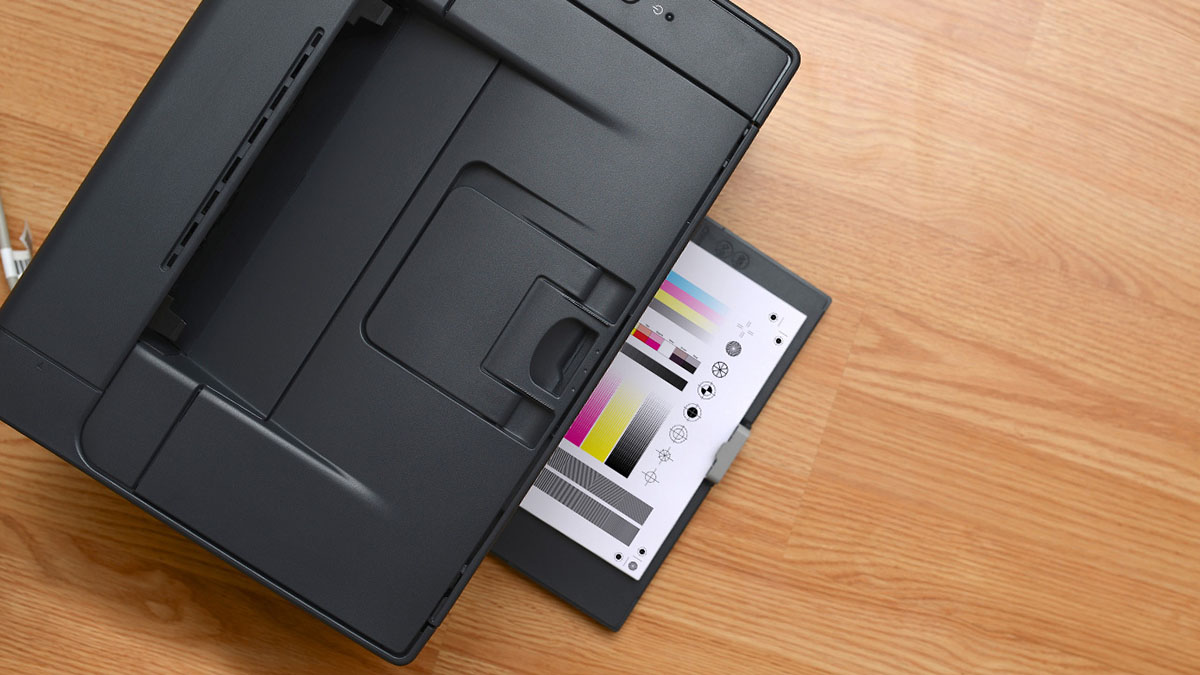

Smart Home Devices
How To Test Print On HP Printer
Modified: February 18, 2024
Learn how to easily test print on your HP printer and troubleshoot any issues. Get your smart home devices up and running with our simple guide.
(Many of the links in this article redirect to a specific reviewed product. Your purchase of these products through affiliate links helps to generate commission for Storables.com, at no extra cost. Learn more)
Introduction
Welcome to the world of smart home devices, where convenience and efficiency converge to redefine the way we interact with our living spaces. Among these innovative devices, smart printers have become indispensable tools for modern households and businesses. With their seamless connectivity, intuitive interfaces, and advanced features, smart printers, such as those from HP, have revolutionized the printing experience.
In this comprehensive guide, we will walk you through the process of testing print on an HP printer, ensuring that you can make the most of this cutting-edge technology. Whether you’re setting up a new printer or troubleshooting an existing one, this step-by-step approach will equip you with the knowledge and confidence to optimize your printing experience.
From checking the printer connection to troubleshooting common issues, we will cover every aspect of testing print on an HP printer. By the end of this guide, you’ll be well-equipped to harness the full potential of your HP printer, seamlessly translating digital content into tangible, high-quality prints.
So, let’s embark on this journey to unlock the power of your HP printer and elevate your printing capabilities to new heights.
Key Takeaways:
- Ensure your HP printer is properly connected and recognized by your device before testing print. A stable connection is crucial for seamless printing and minimizing disruptions.
- Install the latest printer software, adjust printer settings, and engage in test printing to optimize your HP printer’s performance. Troubleshoot any issues with HP’s support resources for consistent print quality and reliability.
Read more: How To Print A Test Page On A HP Printer
Checking Printer Connection
Before diving into the printing process, it’s crucial to ensure that your HP printer is properly connected to your device. A stable and secure connection is the foundation for seamless printing, allowing you to transmit documents and images to the printer with ease.
Start by checking the physical connections of your HP printer. Ensure that the power cable is securely plugged into a power source and that the printer is turned on. Additionally, inspect the USB or Ethernet cable connecting the printer to your computer or network. If you’re using a wireless connection, verify that the printer is connected to your Wi-Fi network.
For wireless printers, it’s important to confirm that the Wi-Fi signal is strong and stable, as a weak connection can lead to printing errors or delays. You can also access the printer’s settings menu to view the current network connection status and make any necessary adjustments to improve connectivity.
Once you’ve verified the physical and wireless connections, it’s time to check the device to which the printer is connected. Ensure that your computer, laptop, or mobile device recognizes the printer and shows it as an available printing option. If the printer isn’t listed or is shown as offline, you may need to troubleshoot the device’s connection settings or reinstall the printer software.
By diligently examining the printer’s physical and digital connections, you can lay a solid groundwork for successful print testing on your HP printer. A reliable connection sets the stage for efficient communication between your device and the printer, streamlining the printing process and minimizing potential disruptions.
Installing Printer Software
Once you’ve confirmed that your HP printer is properly connected, the next step is to install the necessary printer software on your device. This software, often referred to as printer drivers, facilitates communication between your computer or mobile device and the printer, enabling seamless print operations.
Begin by visiting the official HP website or using the installation CD that came with your printer to download the latest printer software. HP’s official website typically provides the most up-to-date drivers and software, ensuring optimal compatibility and performance.
During the installation process, carefully follow the on-screen instructions to complete the setup. This may involve selecting the specific model of your HP printer, choosing the appropriate operating system, and customizing the installation options to suit your preferences.
Once the software is installed, take a moment to explore the printer settings and preferences. Familiarize yourself with the available print quality options, paper size settings, and any additional features specific to your HP printer model. Understanding these settings will empower you to tailor the printing process to your exact requirements, whether you’re producing professional documents or vibrant photographs.
For wireless printers, the software installation may include configuring the printer to connect to your Wi-Fi network. This step is crucial for enabling wireless printing from multiple devices within your home or office environment. By entering your Wi-Fi network credentials during the setup, you can seamlessly integrate your HP printer into your wireless ecosystem.
By installing the appropriate printer software and acquainting yourself with the printer settings, you lay the groundwork for a streamlined and efficient printing experience. The right software ensures that your device can communicate effectively with the printer, translating your digital content into pristine, high-quality prints.
When testing print on an HP printer, always start by checking the ink or toner levels, and ensure the paper is loaded correctly. If the print quality is poor, consider cleaning the printheads or calibrating the printer.
Adjusting Printer Settings
With your HP printer connected and the software installed, it’s time to delve into the world of printer settings. These customizable options allow you to fine-tune the printing process, ensuring that your prints align with your specific preferences and requirements.
Begin by accessing the printer settings through your computer or mobile device. Depending on your operating system and the printer model, you can typically find the printer settings by navigating to the “Devices and Printers” section in the Control Panel (Windows) or the “Printers & Scanners” section in System Preferences (Mac).
Within the printer settings, you’ll encounter a range of adjustable parameters that influence the output of your prints. These may include print quality settings, paper type and size selections, color management options, and advanced features such as duplex printing and borderless printing.
When adjusting the print quality settings, consider the nature of the content you intend to print. For text-heavy documents, a standard or draft quality setting may suffice, conserving ink or toner without compromising legibility. On the other hand, when printing high-resolution images or graphics, opting for a higher print quality setting can yield visually stunning results.
Furthermore, ensure that the paper type and size settings align with the physical attributes of the paper you’re using. Whether it’s standard letter-sized paper, glossy photo paper, or specialized media, selecting the correct paper type ensures optimal print output and minimizes the risk of paper jams or misprints.
For color prints, explore the color management options to fine-tune the color accuracy and saturation of your prints. This is particularly important when reproducing photographs or design projects that demand precise color representation.
By customizing the printer settings to match your specific printing needs, you can optimize the output quality and efficiency of your HP printer. These personalized adjustments empower you to produce prints that faithfully reflect your digital content, whether it’s crisp text documents or vibrant, true-to-life images.
Test Printing
After ensuring that your HP printer is connected, the software is installed, and the printer settings are adjusted to your preferences, it’s time to embark on the exciting phase of test printing. This pivotal step allows you to validate the seamless functionality of your printer and witness the tangible results of your digital content brought to life on paper.
Begin by selecting a document, image, or webpage that you’d like to print. This could be a sample document for testing text clarity, a vibrant photograph to assess color accuracy, or a combination of content to gauge the printer’s versatility. By choosing diverse content, you can evaluate the printer’s performance across various printing scenarios.
Before sending the print job to the printer, take a moment to review the print preview. This preview provides a glimpse of how the content will appear on paper, allowing you to spot potential formatting issues or adjustments that may be necessary before printing. It’s an invaluable tool for ensuring that the final print meets your expectations.
Once you’re satisfied with the print preview, initiate the print command and observe the printer in action. Pay attention to the printing speed, the precision of text and graphics, and the overall print quality. As the printer gracefully transforms digital data into tangible prints, take note of any areas that exceed your expectations or warrant further fine-tuning.
Upon completion, retrieve the printed output and inspect it closely. Evaluate the clarity of text, the fidelity of colors, and the overall presentation of the content. This hands-on assessment provides valuable insights into the printer’s capabilities and allows you to make informed adjustments to the printer settings if necessary.
By engaging in test printing, you gain firsthand experience of your HP printer’s performance, enabling you to refine the printing process and optimize the output quality. This iterative approach empowers you to tailor the printer’s settings to your exact preferences, ensuring that each printout reflects the precision and vibrancy of your digital content.
Read more: Why HP Printer Not Printing
Troubleshooting
While the printing process is designed to be seamless, occasional challenges may arise that require troubleshooting to ensure consistent and reliable performance from your HP printer. By familiarizing yourself with common troubleshooting techniques, you can swiftly address any issues that may impede the printing experience.
If you encounter a situation where the printer fails to respond to print commands, the first step is to verify the printer’s status. Check the printer’s display panel or the printer software on your computer to ensure that it’s not displaying any error messages or warnings. Addressing any visible issues at the outset can often resolve the problem without the need for further intervention.
If the printer appears to be functioning normally but fails to produce prints, inspect the ink or toner levels. Low ink or toner levels can hinder print quality or prevent printing altogether. Replace any depleted cartridges with genuine HP supplies to restore optimal printing performance.
For wireless printers, connectivity issues may occasionally disrupt the printing process. If you encounter connectivity challenges, verify that the printer is still connected to the Wi-Fi network and that the network itself is operational. Restarting the printer and the Wi-Fi router can often resolve connectivity issues and restore seamless printing functionality.
In the event of paper jams or misfeeds, carefully follow the printer’s manual or on-screen instructions to clear the jammed paper. It’s important to power off the printer before attempting to remove any stuck paper to avoid causing damage to the printer or injuring yourself.
If you notice inconsistencies in print quality, such as streaks, smudges, or faded areas, consider performing a printer maintenance routine. This may involve cleaning the printheads, aligning the cartridges, or running a printer self-diagnostic test to identify and address any potential issues affecting print quality.
Should you encounter persistent issues that remain unresolved through basic troubleshooting, consider consulting HP’s support resources, including online troubleshooting guides, community forums, or direct customer support. HP’s extensive support network is designed to assist users in resolving technical issues and maximizing the performance of their printers.
By familiarizing yourself with troubleshooting techniques and leveraging HP’s support resources when needed, you can swiftly address any challenges that may arise during the printing process, ensuring that your HP printer consistently delivers exceptional print quality and reliability.
Frequently Asked Questions about How To Test Print On HP Printer
Was this page helpful?
At Storables.com, we guarantee accurate and reliable information. Our content, validated by Expert Board Contributors, is crafted following stringent Editorial Policies. We're committed to providing you with well-researched, expert-backed insights for all your informational needs.
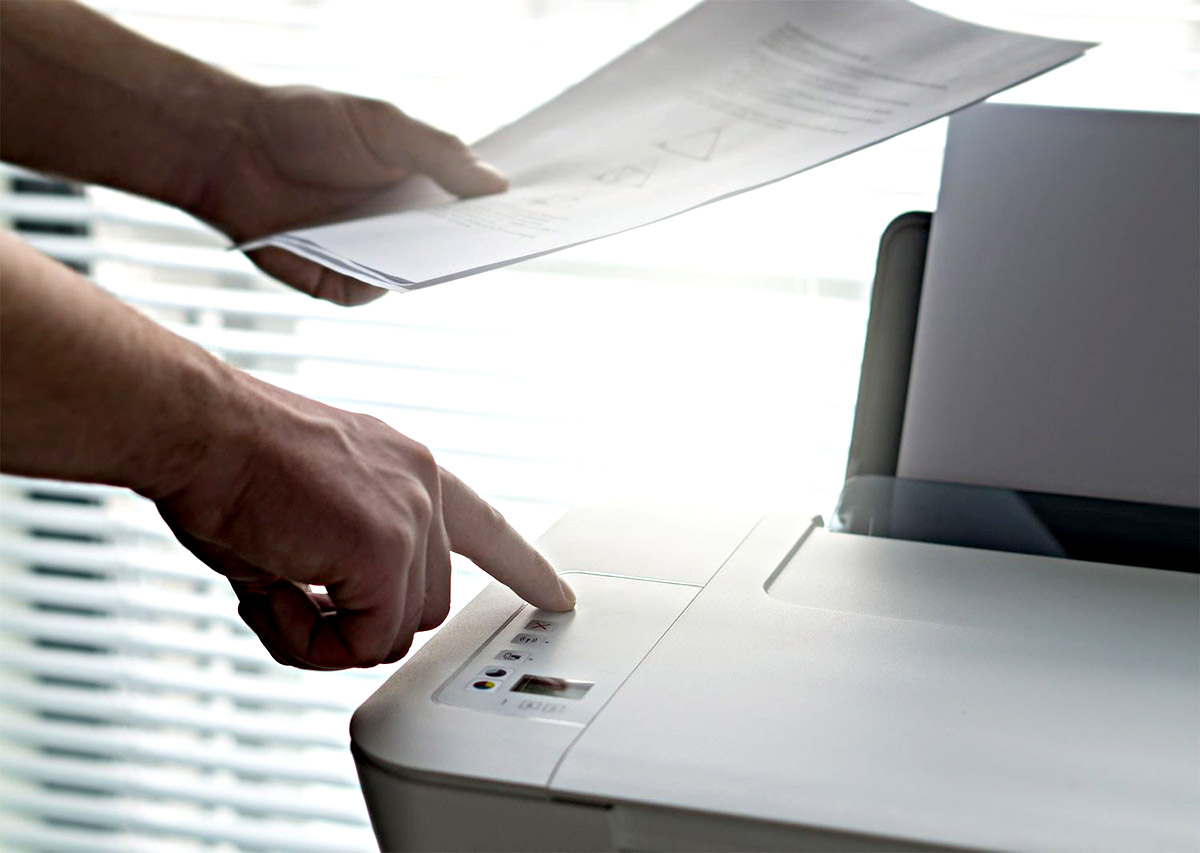
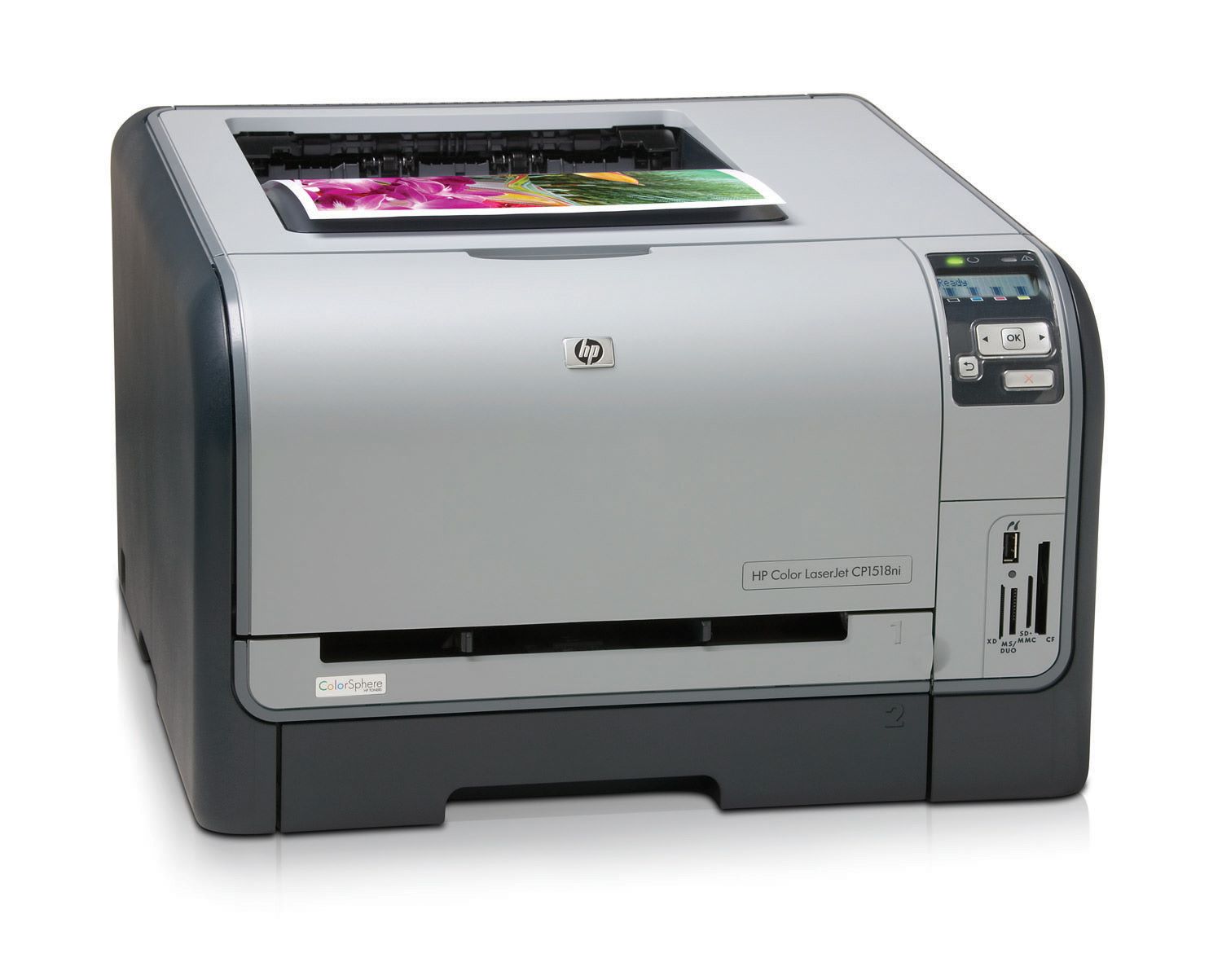
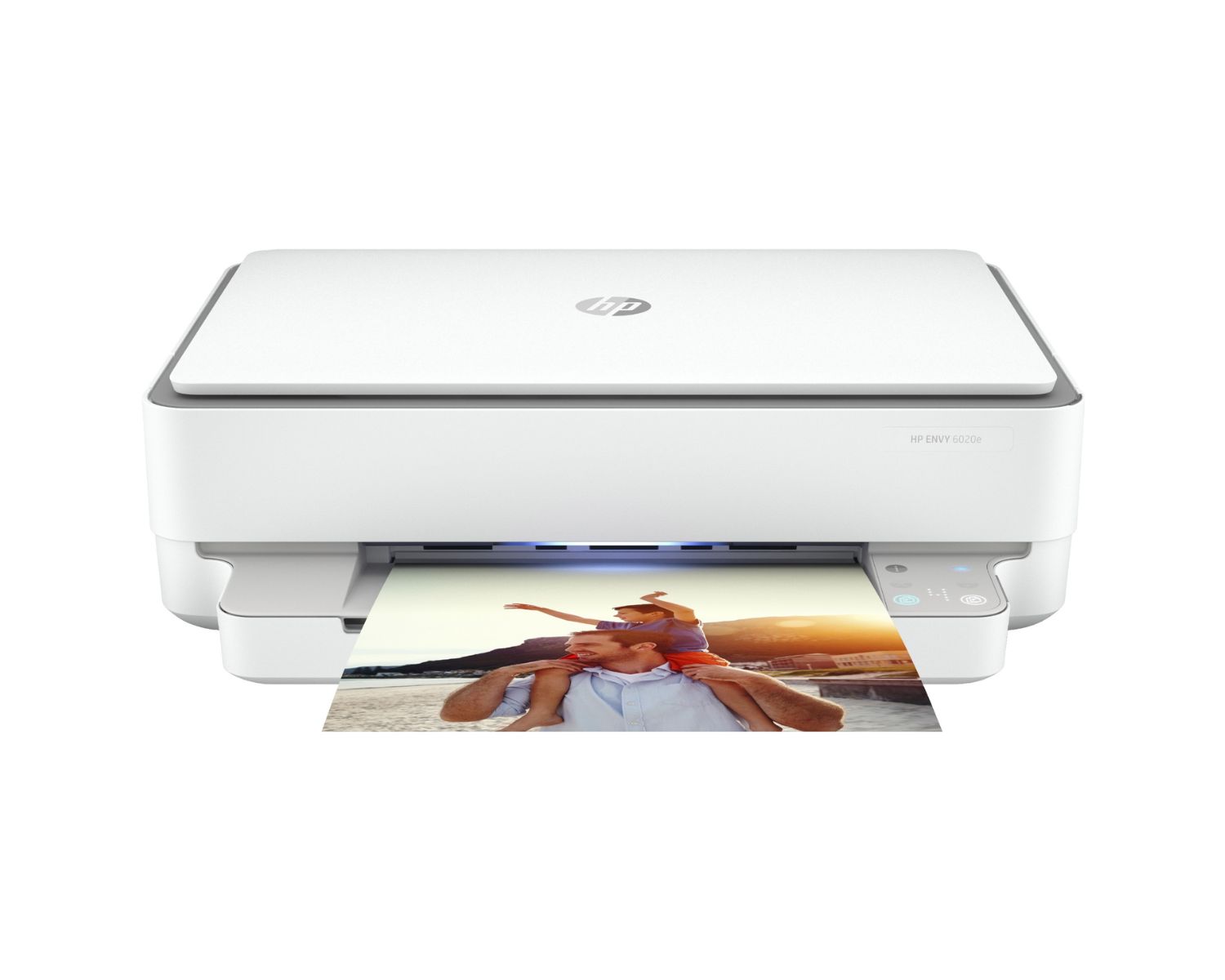

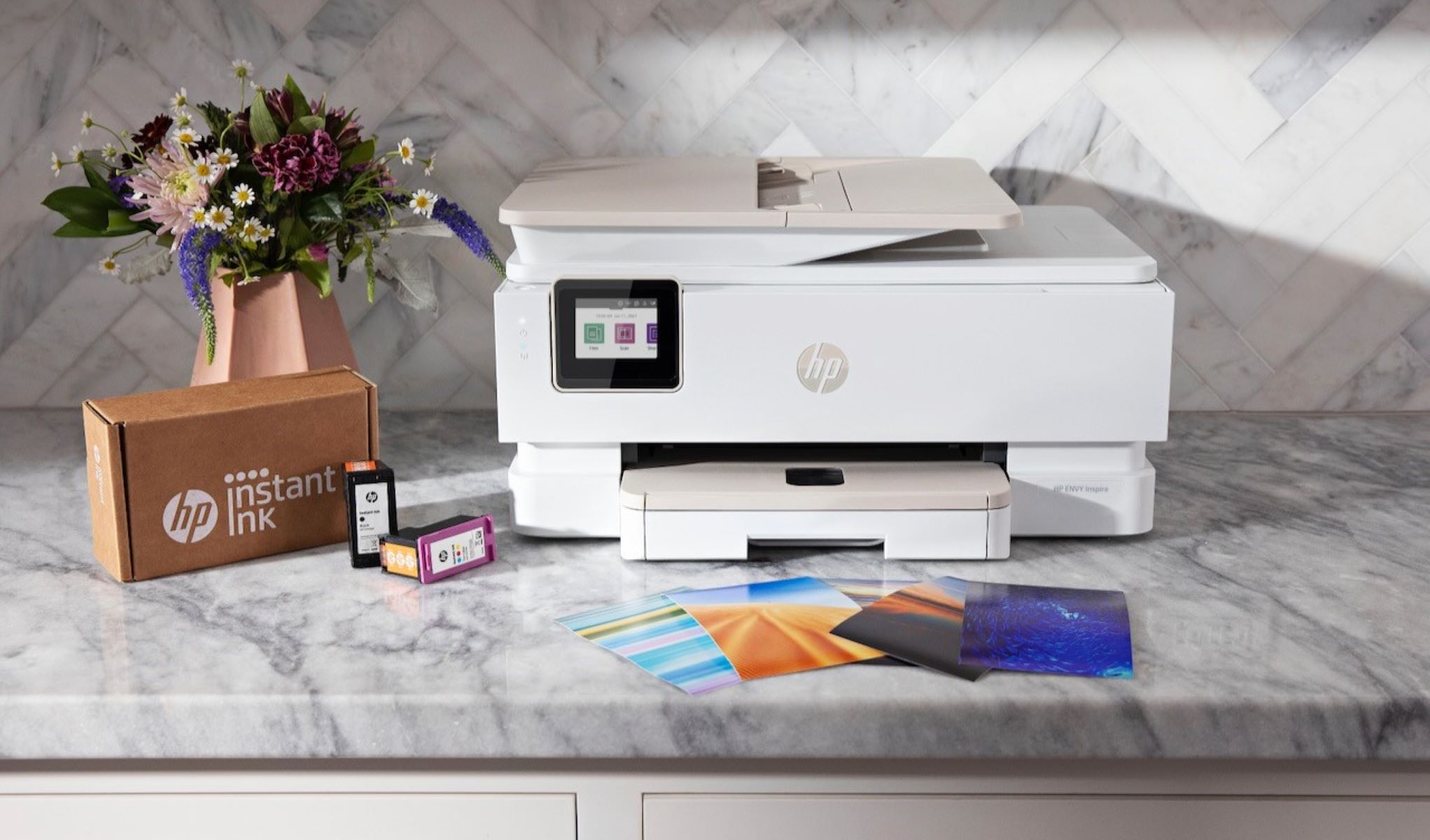
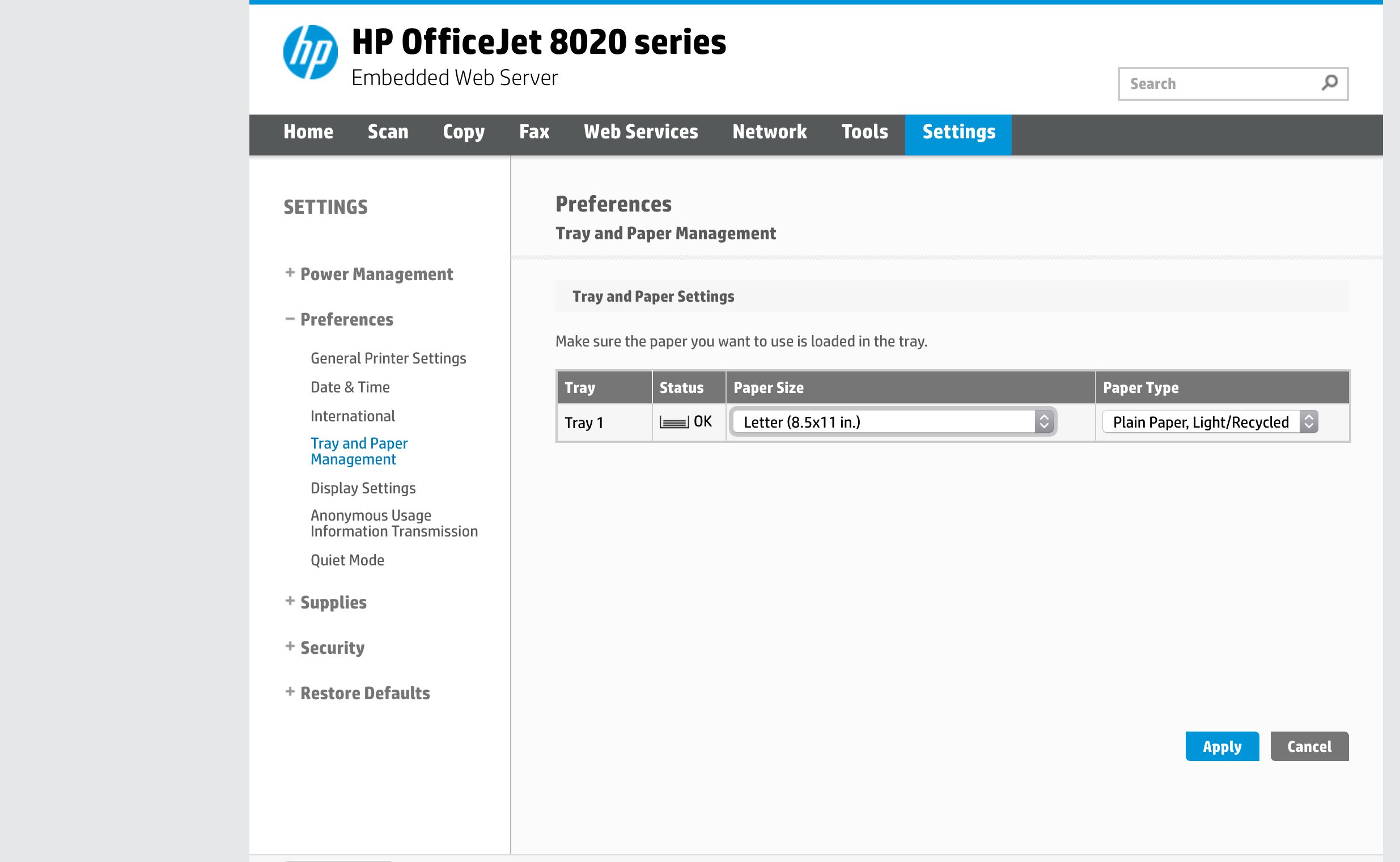
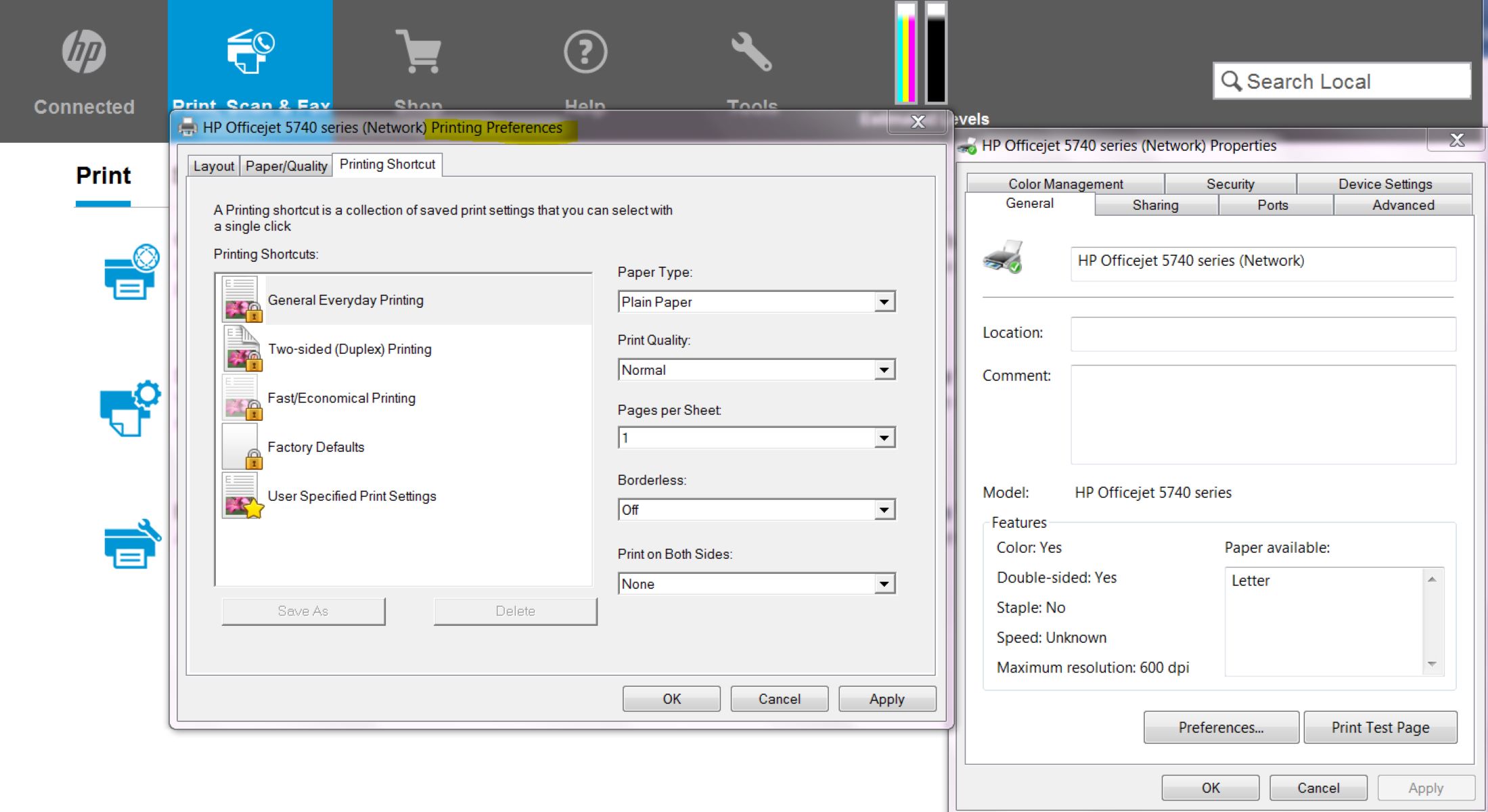
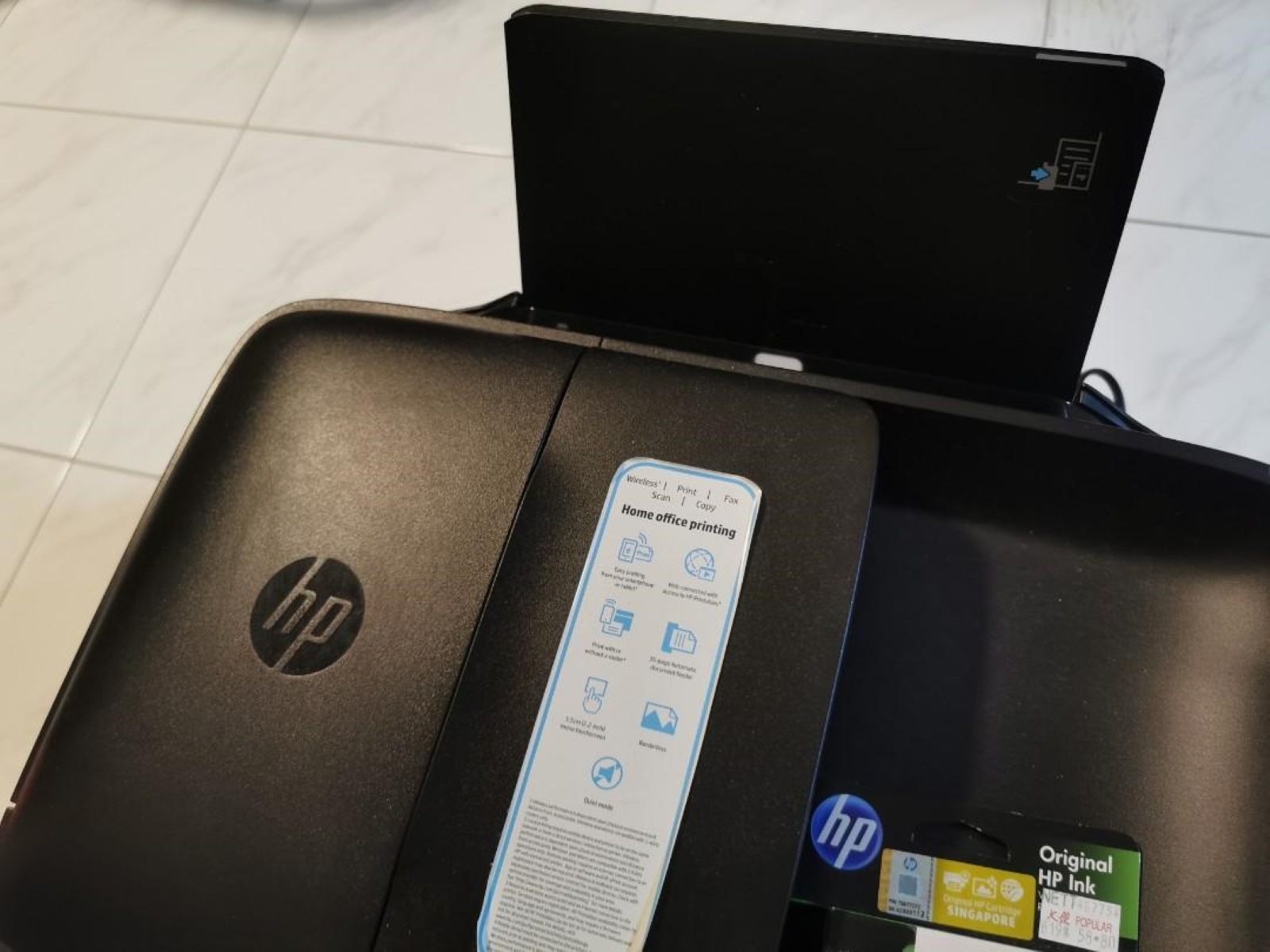
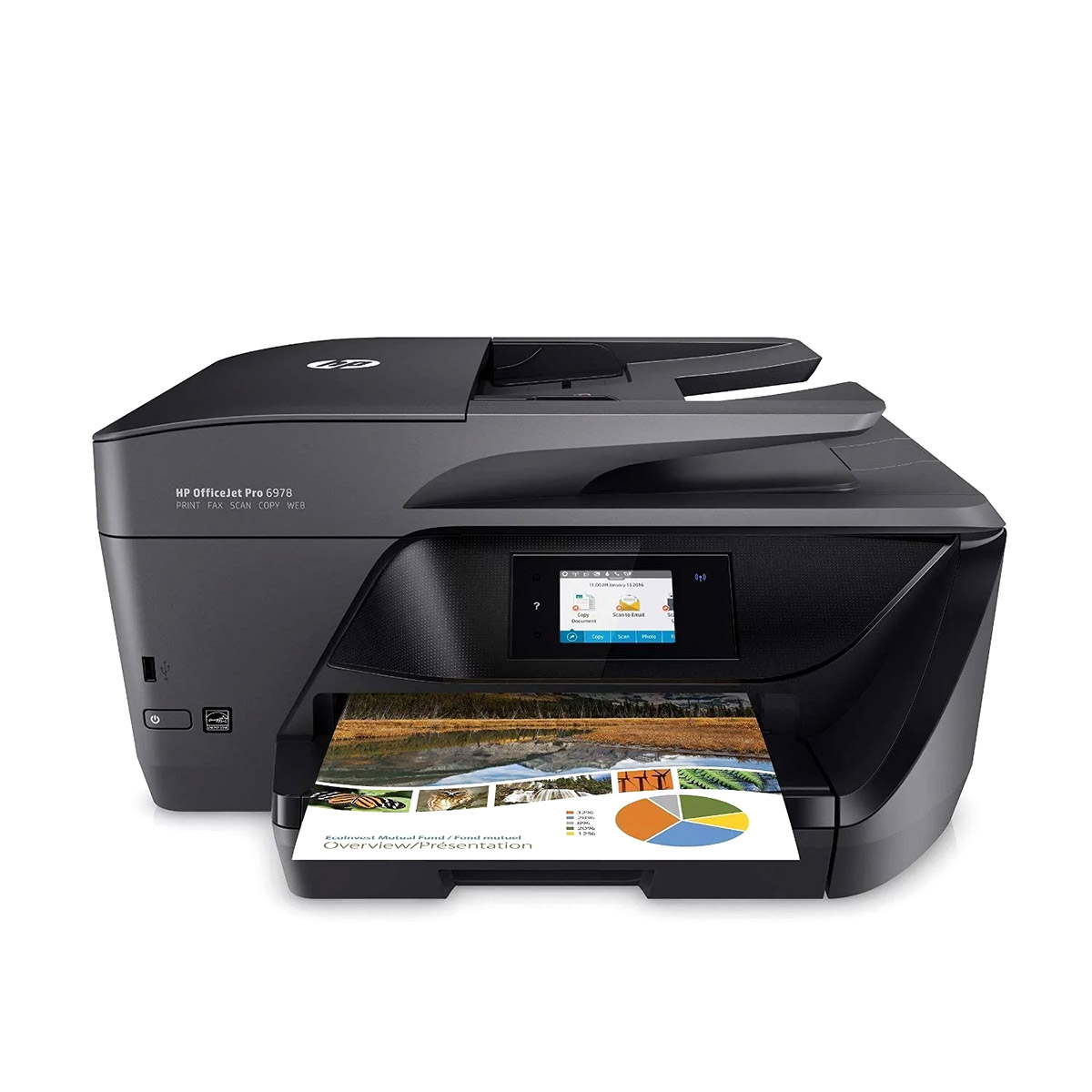
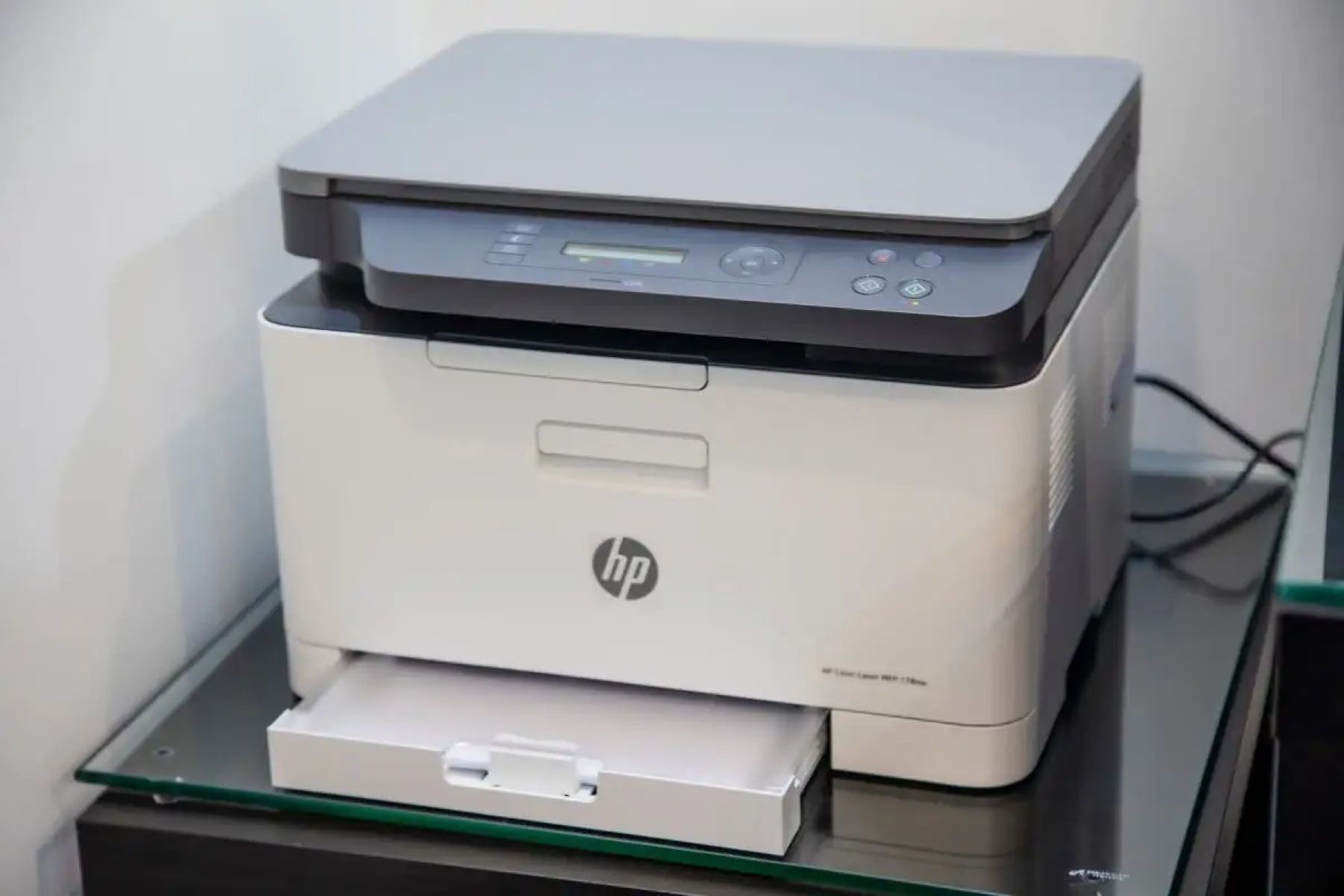
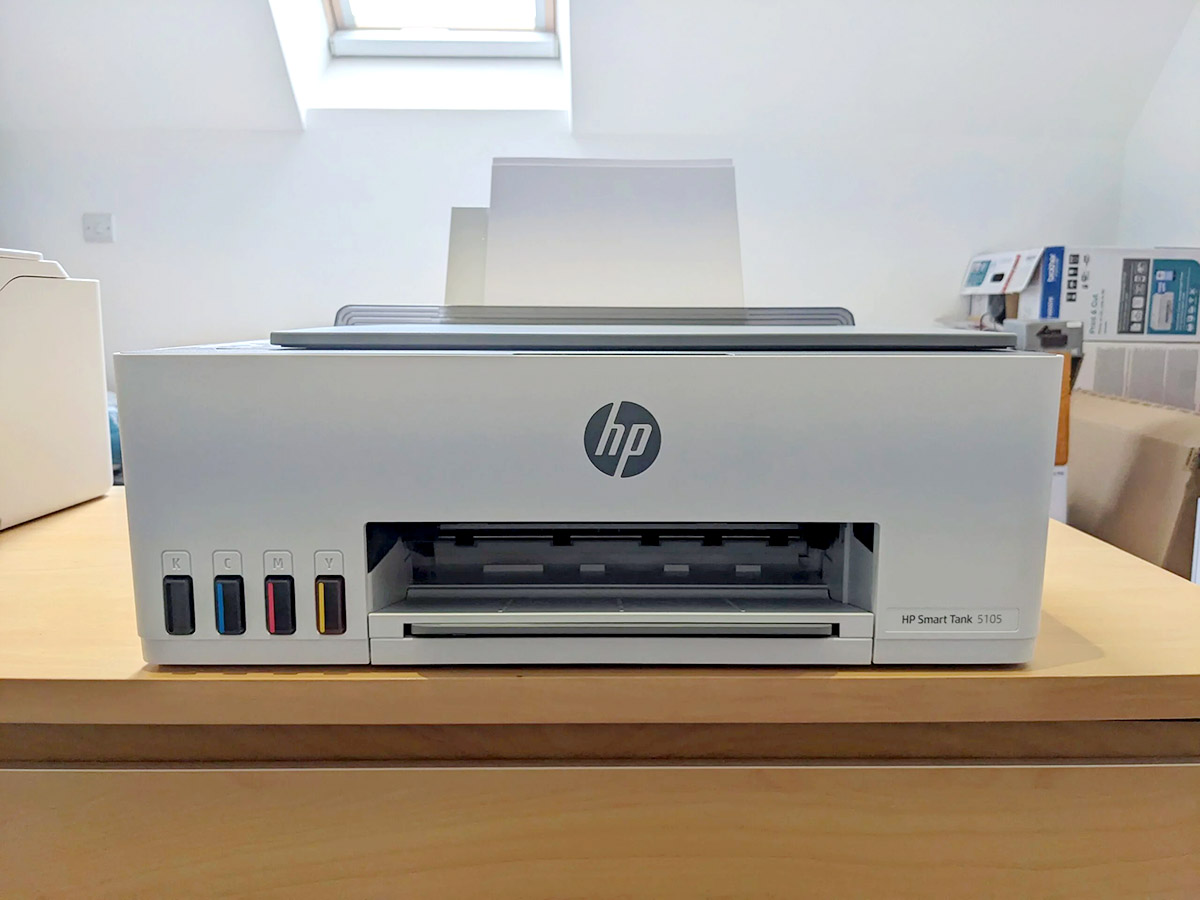
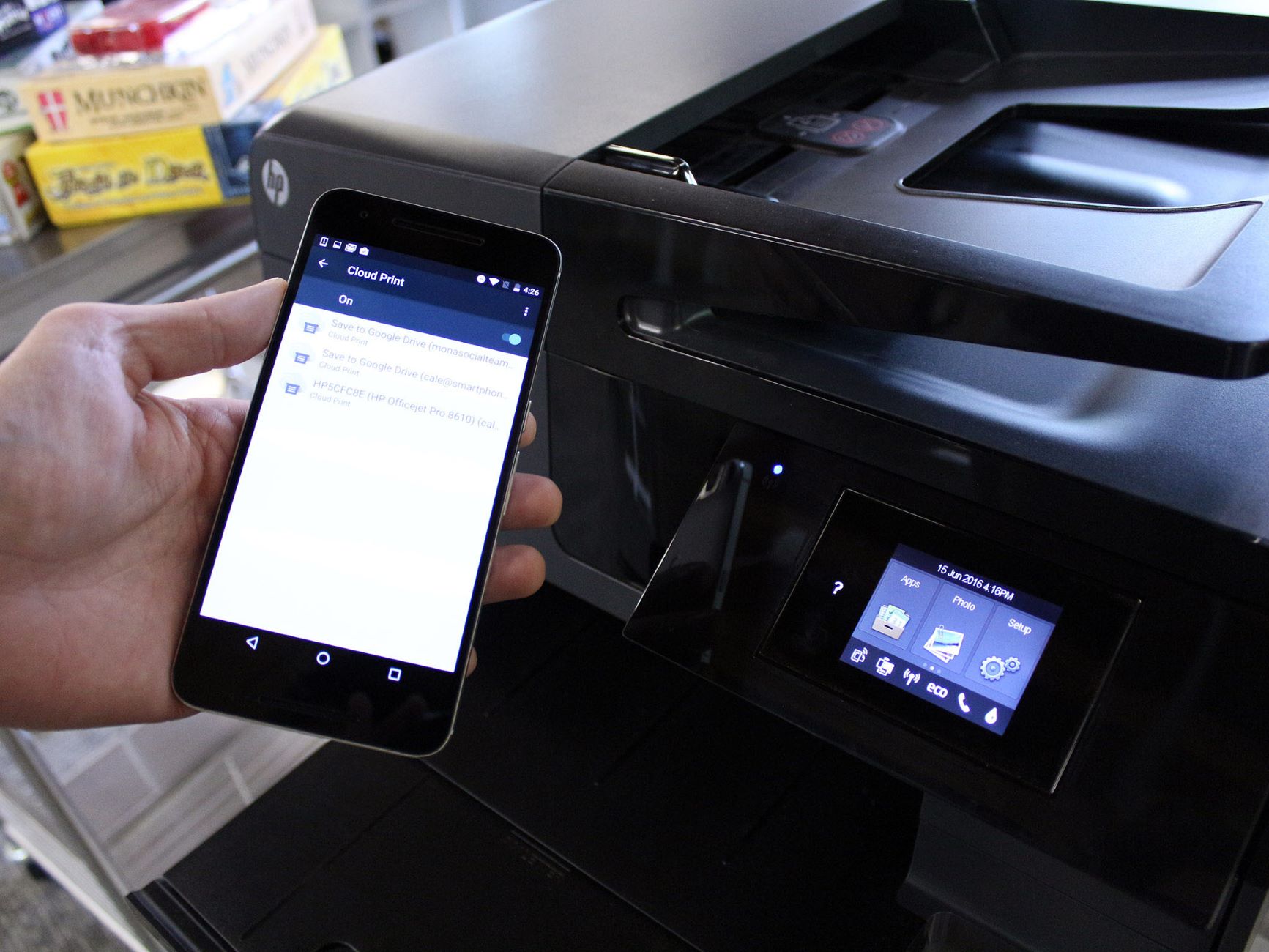
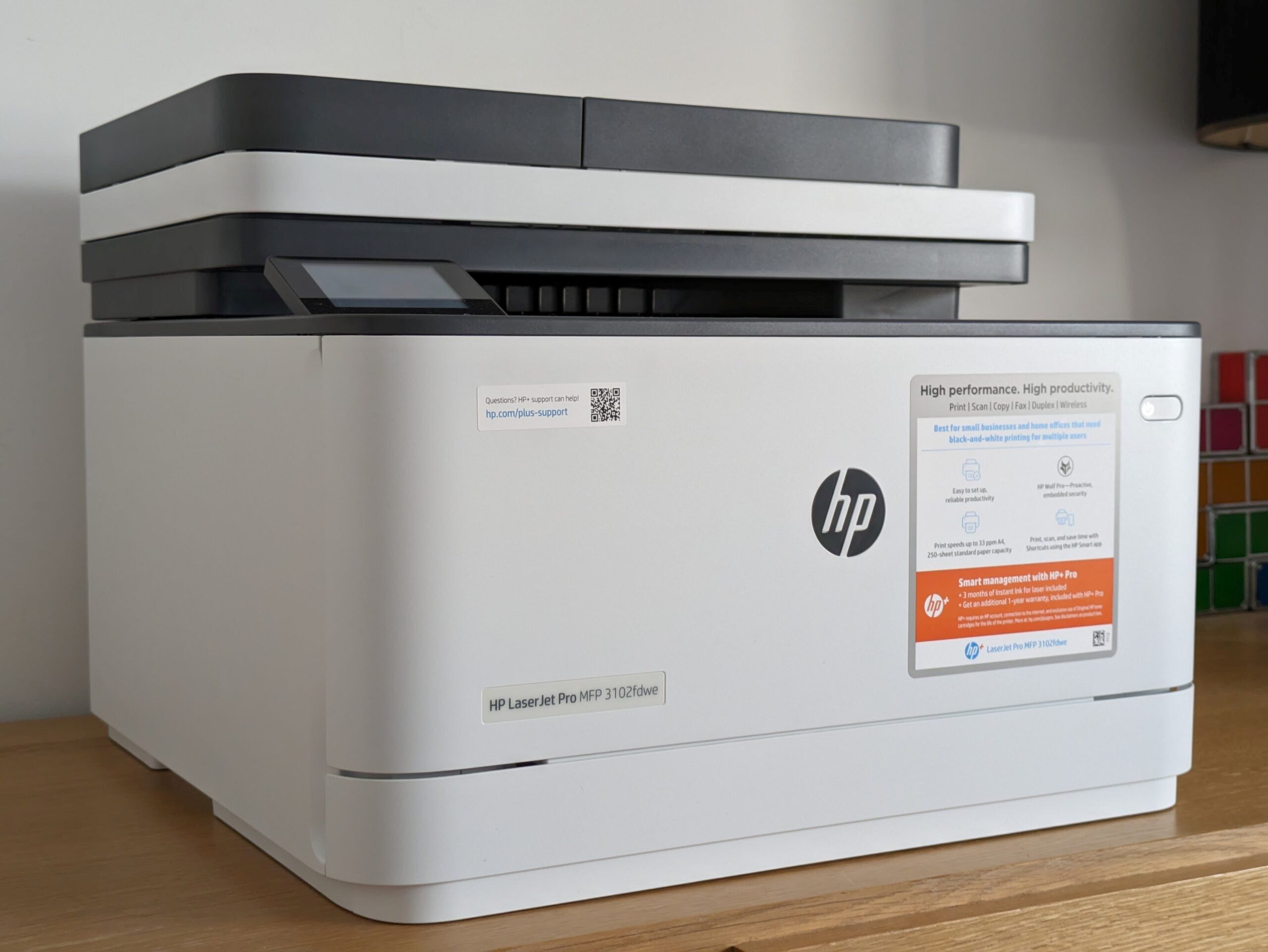
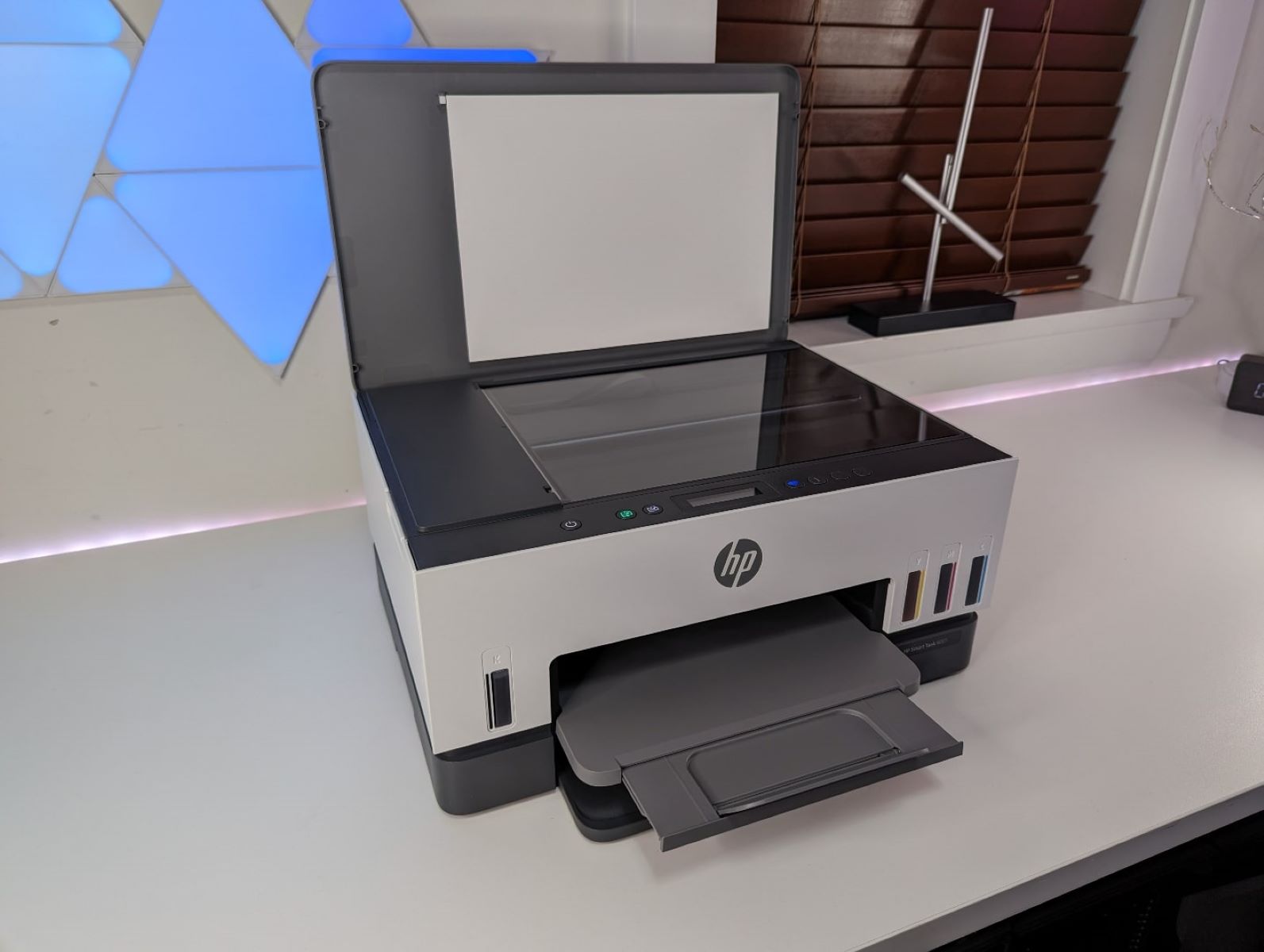

0 thoughts on “How To Test Print On HP Printer”